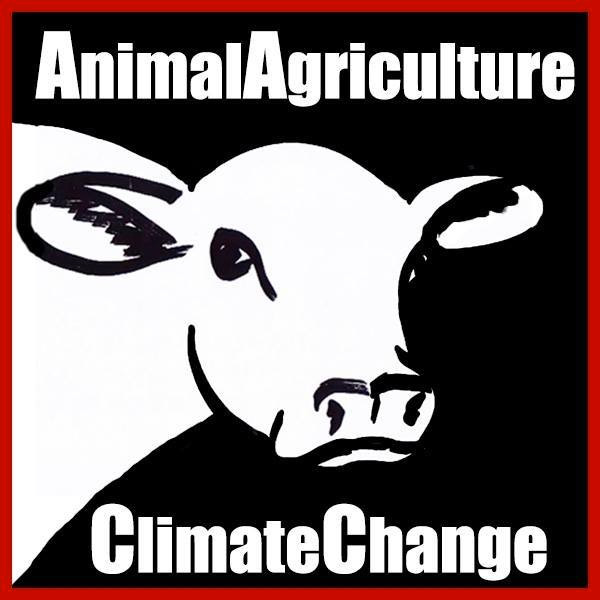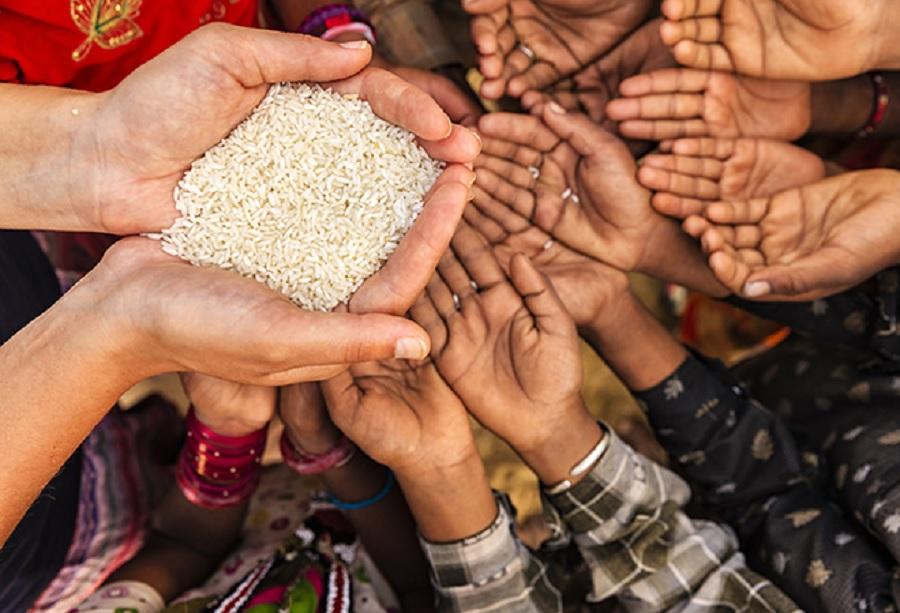As climate change worsens our food systems are in the line of danger. The truth is, we can’t feed a global population on a dying planet.
According to Google’s news search, the media has run more than 10,000 stories this year about Phillip Schofield, the British television presenter who resigned over an affair with a younger colleague. Google also records a global total of five news stories about a scientific paper published last week, showing that the chances of simultaneous crop losses in the world’s major growing regions, caused by climate breakdown, appear to have been dangerously underestimated. In mediaworld, a place that should never be confused with the real world, celebrity gossip is thousands of times more important than existential risk.
The new paper explores the impacts on crop production when meanders in the jet stream (Rossby waves) become stuck. Stuck patterns cause extreme weather. To put it crudely, if you live in the northern hemisphere and a kink in the jet stream (the band of strong winds a few miles above the Earth’s surface at mid-latitudes) is stuck to the south of you, your weather is likely to be cold and wet. If it’s stuck to the north of you, you’re likely to suffer escalating heat and drought.
In both cases, the stuck weather, exacerbated by global heating, affects crops. With certain meander patterns, several of the northern hemisphere’s major growing regions – such as western North America, Europe, India and east Asia – could be exposed to extreme weather at the same time, hammering their harvests. We rely for our subsistence on global smoothing: if there’s a bad harvest in one region, it’s likely to be counteracted by good harvests elsewhere. Even small crop losses occurring simultaneously present what the paper calls “systemic risk”.
Already, regional climate shocks have helped cause a disastrous reversal in the trend of global chronic hunger. For many years, the number of hungry people fell. But in 2015 the trend turned and has been curving upwards since. This is not because of a lack of food. The most likely explanation is that the global food system has lost its resilience. When complex systems lose resilience, instead of damping the shocks that hit them, they tend to amplify them. The shocks amplified across the system so far have landed most heavily on poor nations that depend on imports, causing local price spikes even when global food prices were low.
If this happens when harvests are affected in just one country or one region, we can only imagine the results if extreme weather simultaneously hits several major growing regions.
Other papers have been published with similar themes, showing, for example, the impacts of the rising frequency of “flash droughts” and concurrent heatwaves in grain-producing regions, and how global heating hits food security. All have been largely or entirely ignored by the media.
Original source: https://www.theguardian.com











